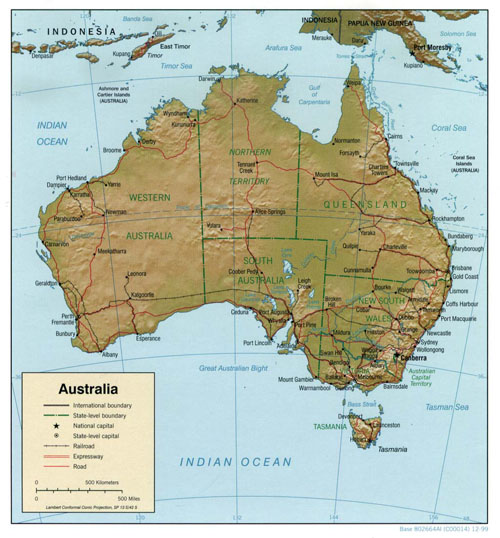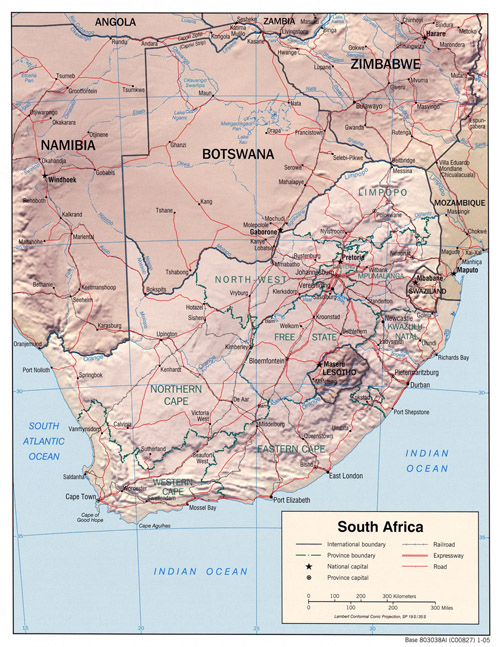November 18, 2007
A Solution in the Offing? The Brave New World of Artificial Wombs I
On February 22-23, 2002, the Ethics Center at Oklahoma State University sponsored a conference entitled “The End of Natural Motherhood? The Artificial Womb and Designer Babies.” The event’s call for submissions stated, “We strongly encourage essays on the topic of ectogenesis/artificial womb technology.” A primary purpose of the conference was to examine technological developments in ectogenesis as well as their impact on relationships and social values.
In “Brave New World,” Aldous Huxley’s 1932 depiction of a dystopian future, society’s elite were genetically designed and gestated in artificial wombs, while those conceived and gestated in nature’s manner were considered savages. Fast forward to the present, in which a number of laboratories have progressed toward the creation of environments, external to the human body, where people may soon be brought from conception to the level of a healthy newborn. These labs include one headed by Dr. Yoshinori Kuwabara of Japan’s Juntendo University and another led by Dr. Hung Chiung Liu of the Centre for Reproductive Medicine and Infertility at Cornell University’s Weill Medical College. The former has constructed a bread basket sized plastic tank, containing body-temperature amniotic fluid, in which goat fetuses have survived and grown for 10 days or longer. Machines functioned as placenta, disposing of wastes as they provided blood, nutrients, and oxygen.
Using a mix of hormones and drugs, Hung Chiung Liu’s lab grew cells, from the lining of a uterus, on a biodegradable scaffold. After completion of the growth, the scaffold degraded and left an artificial uterus. Liu then placed embryos, by-products of in vitro fertilization, inside the womb. The embryos attached to the uterine walls and survived for several days, after which the study was terminated in accord with legal time constraints on human embryo experiments.
While artificial wombs may strike some as the fevered fantasies of science fiction addicts, not long ago many thought the same of cloning and the use of stem cells to create body parts and germ cells (sperm and eggs). Many countries are now extremely concerned over their anemic fertility rates and the resultant aging and collapse of their populations. A number have attempted to alleviate the problem with programs, such as paying women to have children. Thus far these efforts have met with little if any success.
The creation of the birth control pill led to a dramatically reduced average number of children per woman. So did the development and evolution of safer, less expensive, and more socially accepted abortion. The question arises: Will new breakthroughs in reproductive technology help mitigate our current fertility crisis?
Numerous changes would follow the refinement and wide scale use of artificial wombs. Many individuals and couples with fertility problems could have children. Regarding abortion, the time frame for “viable outside the womb” could extend to the full gestation period, since it may become possible to remove an embryo or fetus from a woman and complete its gestation in an artificial environment. Those men, who today are wary of becoming fathers due to concerns over losing contact with their children after divorce, could confidently have children after fertilizing donated eggs or eggs created from stem cells. Both men and women may be capable of becoming true single parents (as opposed to being one of two parents with the other, for whatever reason, out the picture). We may reach a stage where men can become mothers (having had an egg generated from stem cells cultivated from their own bodies) and for women to become fathers (sperm having been thus generated). Through the combined use of artificial wombs and stem cell creation of germ cells, women may be able to mate with women and have daughters. Men may be able to mate with men and have sons and daughters (men having both Y and X chromosomes). Women may be freed from the expectations, tribulations, and dangers of gestation and birthing. Governments would be able to increase fertility rates without paying for the services of otherwise reluctant women. Religious or other objections might delay or prevent such practices in some countries, but in a nation such as China, which faces a rapidly growing problem of population aging, protestations may have little or no impact.
These are not wild imaginings of a nearly impossible future. We are close to bringing this to fruition.
Artificial wombs may someday be used for preservation of the (human) species, but they may first be used to preserve a species of shark. Australia has launched an effort to create artificial wombs for this purpose and may work with scientists from South Africa, home of the first heart transplant. On March 27, 2006, the Washington Post reported that the gray nurse shark, seen here, “is now struggling for survival in the handful of coastal areas where it survives.” The US lists the fish (also known as the ragged-tooth shark or “raggy”, sand tiger shark, and Carcharias taurus) as “vulnerable” — just shy of “endangered.” Along Australia’s east coast, where thousands once swam, the remaining 300 or so are classified as “critically endangered.” DNA analysis indicates that this colony does not breed with Australia’s west coast group or those off the east coast of South Africa — they won’t be saved by “raggies” from those regions. Because of their small numbers, inbreeding has rendered these sharks even more vulnerable.
A team of researchers including Robert Harcourt and Adam Stow of Macquarie University in Sydney reported in the Royal Society’s Biology Letters “… extinction is imminent in east Australian waters without urgent conservation efforts.” C taurus, as a primary predator, is critical to maintaining ecological balance. Unfortunately, nature has rendered it difficult for the shark to easily rebuild its numbers.
Females possess two uteruses, each of which can carry up to 20 fertilized eggs, but young life in these environments is a challenge. By the time they are four inches long, the youths launch into sibling cannabalism. When the feeding frenzy ends, two survive — one per uterus. The hope now is to build artificial wombs that can each hold a baby measuring three feet in length, the shark’s normal size at birth. At this point, in vitro insemination is not planned. Instead, females would be inseminated by males, many from distant shores to boost genetic diversity. Embryos would then be transferred to the artificial wombs for final gestation. Nick Otway, of the New South Wales Department of Primary Industries (manager of the state’s fisheries), heads a team that is developing a prototype.
A new report shows that the effort continues abreast. Australian researchers and the Natal Sharks Board hope to use artificial wombs to breed raggies in Durban, South Africa. If successful, the project will add young sharks to the critically denuded population off Australia’s east coast.
Artificial wombs may first be considered acceptable to preserve non-human species, but they may well find a place in the effort to preserve our own. They might carry with them a multitude of social ramifications, but, with so many people having decided to have few if any children, societies may determine that they are necessary.
Comments Off on A Solution in the Offing? The Brave New World of Artificial Wombs I


